These Launchpads Took Humans To The Moon. Will Rising Tides Bring Them Down?
In the shadow of worsening flooding conditions and structural degradation, NASA is upgrading some of its historic launchpads—and leaving others behind.
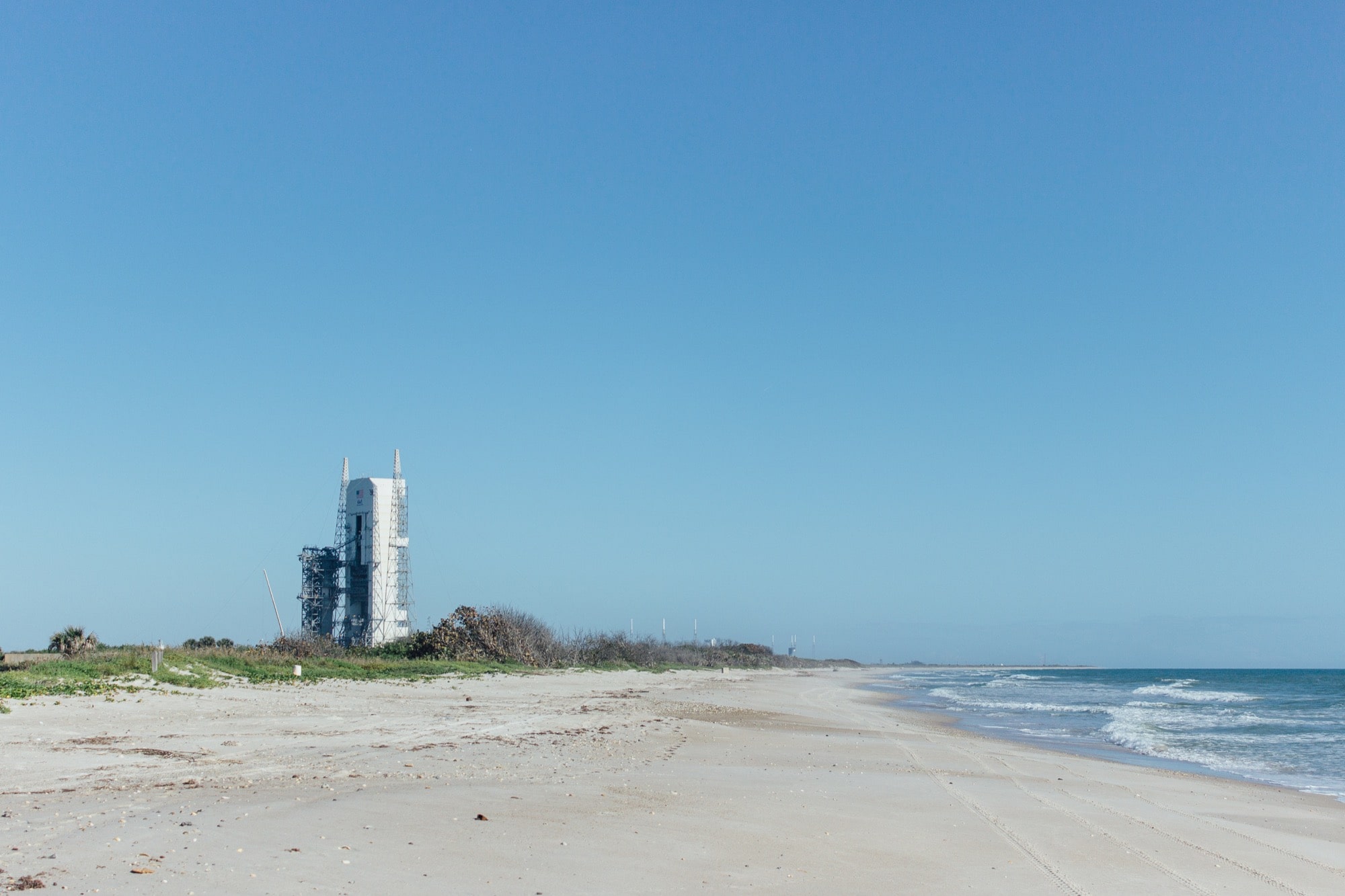
Launch Complex 37 is now home to United Launch Alliance’s launchpad. But it’s also a historic launch site used by NASA for early Apollo missions. Credit: Alexa Lim
 This story is part of our celebration of the 50th anniversary of the Apollo 11 mission. You can also tour these launchpads on Google Earth. View the rest of our special coverage here.
This story is part of our celebration of the 50th anniversary of the Apollo 11 mission. You can also tour these launchpads on Google Earth. View the rest of our special coverage here.
Cape Canaveral sits on the east coast of Florida. All of the big missions to space launched from the complexes on the Space Coast, including Gemini, Apollo, and the Space Shuttle.
The Air Force picked this location because it’s near the equator. When you launch a rocket eastward from here, it gets a little boost from the rotation of the Earth—which is great for getting to the moon. And if you have a rocket mishap, no problem. It can crash into the ocean.
But almost 60 years later, the ocean is the problem—and it’s ready to wash away not only our space past, but our present too.
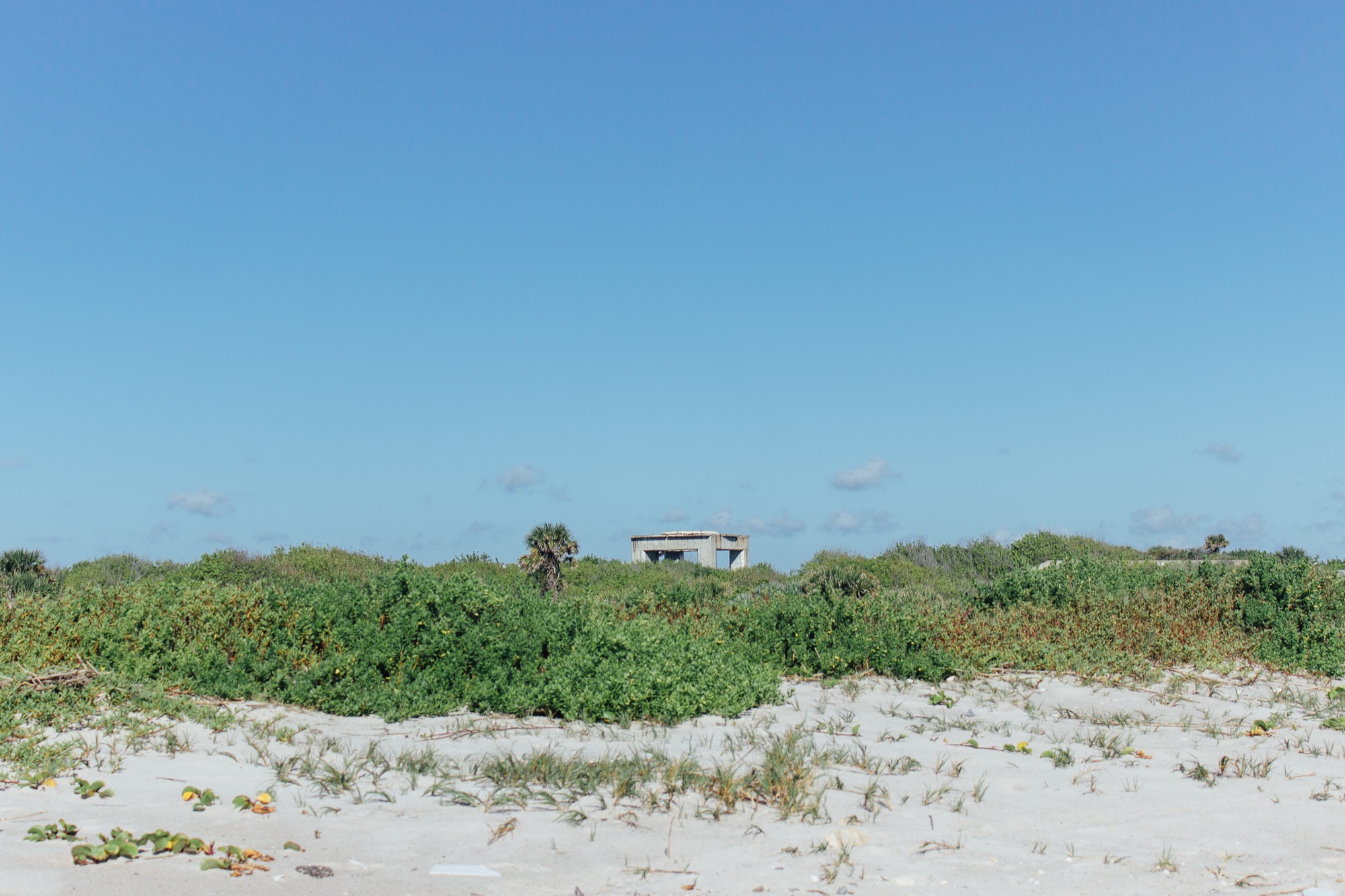
Complex 34 viewed from the nearby beach. Credit: Alexa Lim
Complex 34 was one of the sites where Apollo history was made, both disastrous and momentous. The tragic fire of Apollo 1 happened here, killing three astronauts on the launchpad. Just one year later, Apollo 7 launched from Complex 34 to become the first three-person crewed mission to space.
Today, the complex sits quiet and abandoned. The only sounds you can hear are a few scrub-jays chirping and rolling ocean waves from the nearby beach. Standing in the middle of the former launchpad, it’s hard to tell where you are. Brazilian pepper trees have taken over the area. Tree trunks poke out of tunnels that used to carry communication cables. There’s a rusting launch table, which once held the Saturn 1B rocket. Crumbling buildings with pried-open doors dot the perimeter.
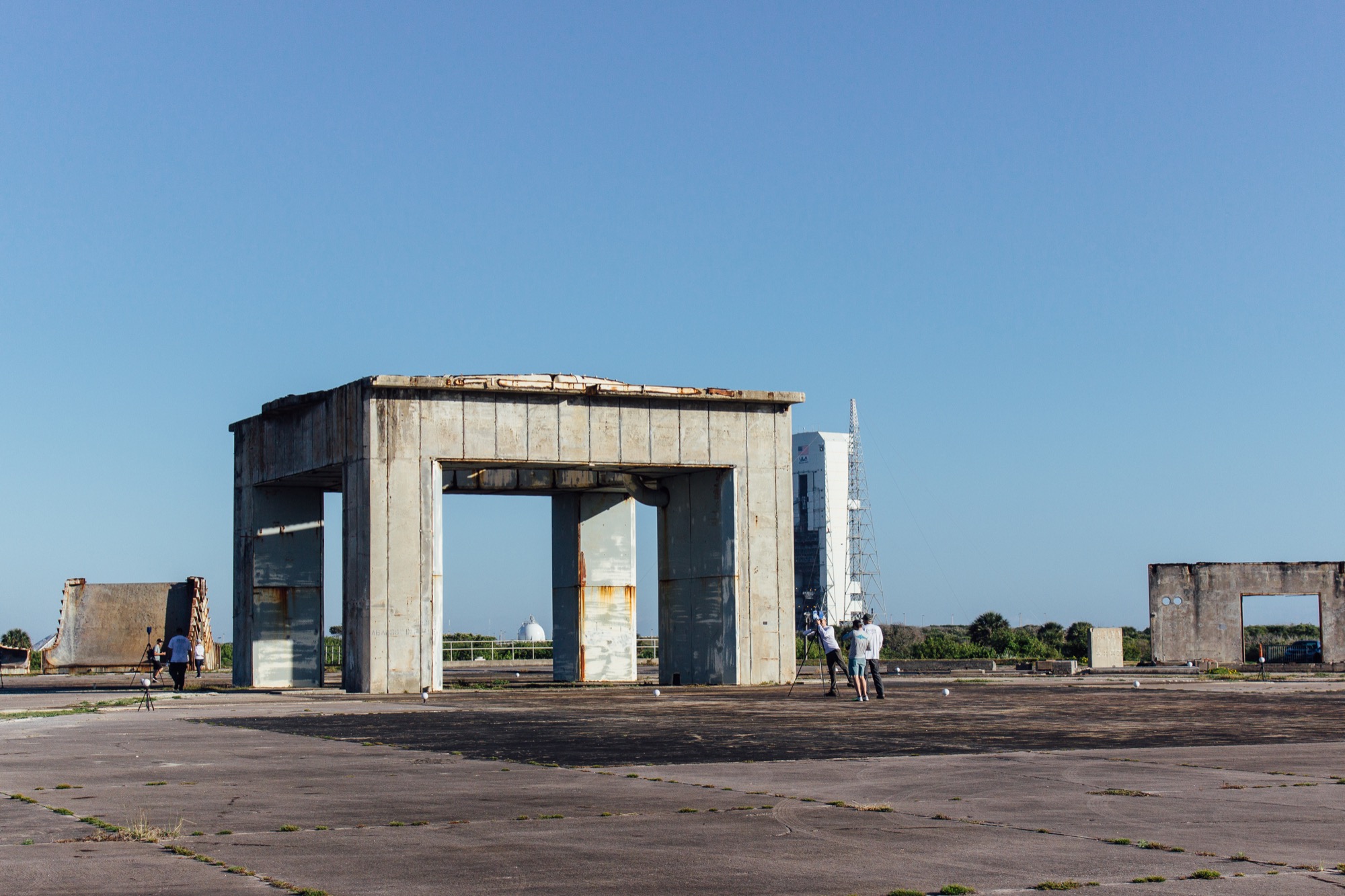
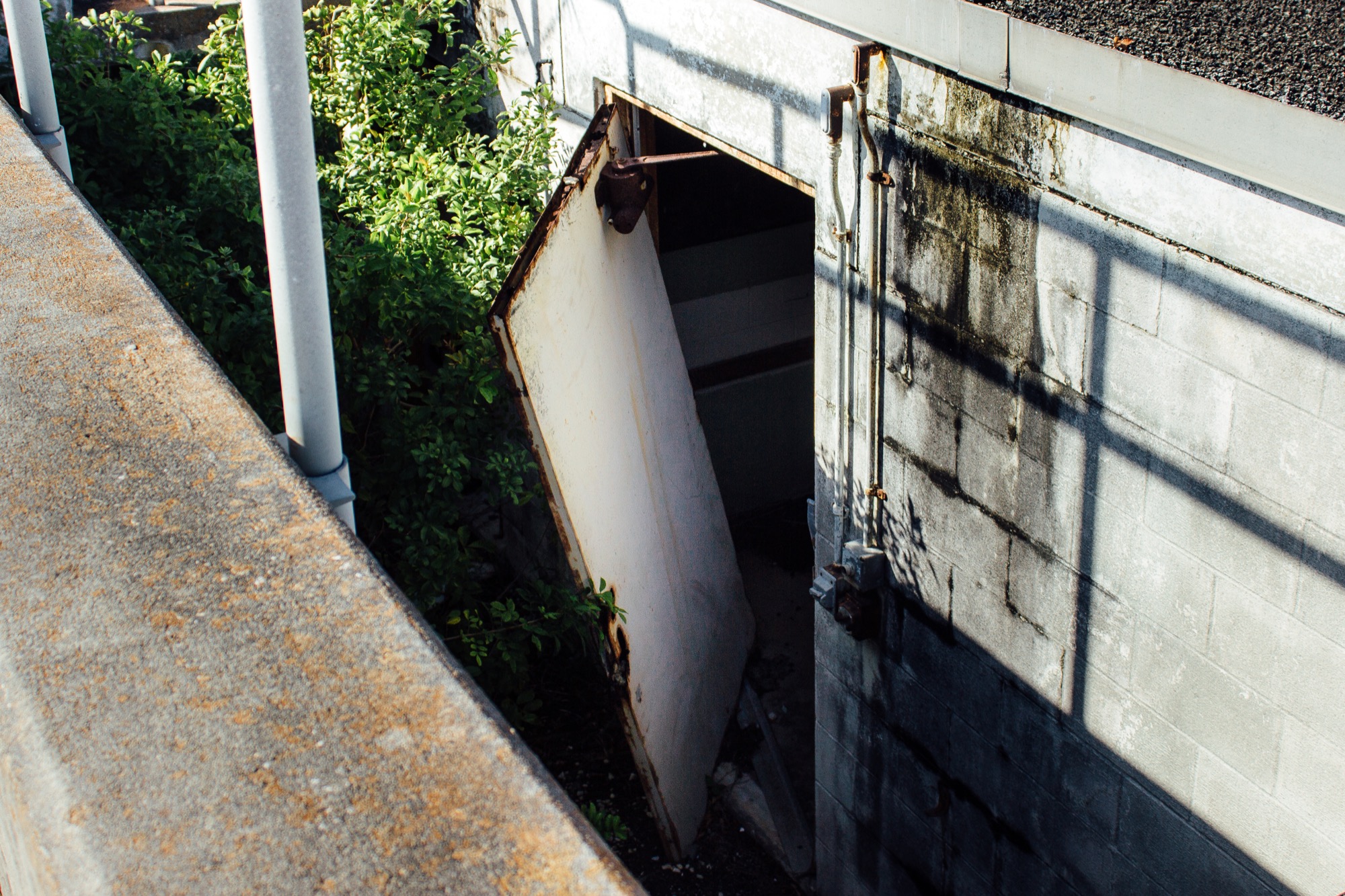
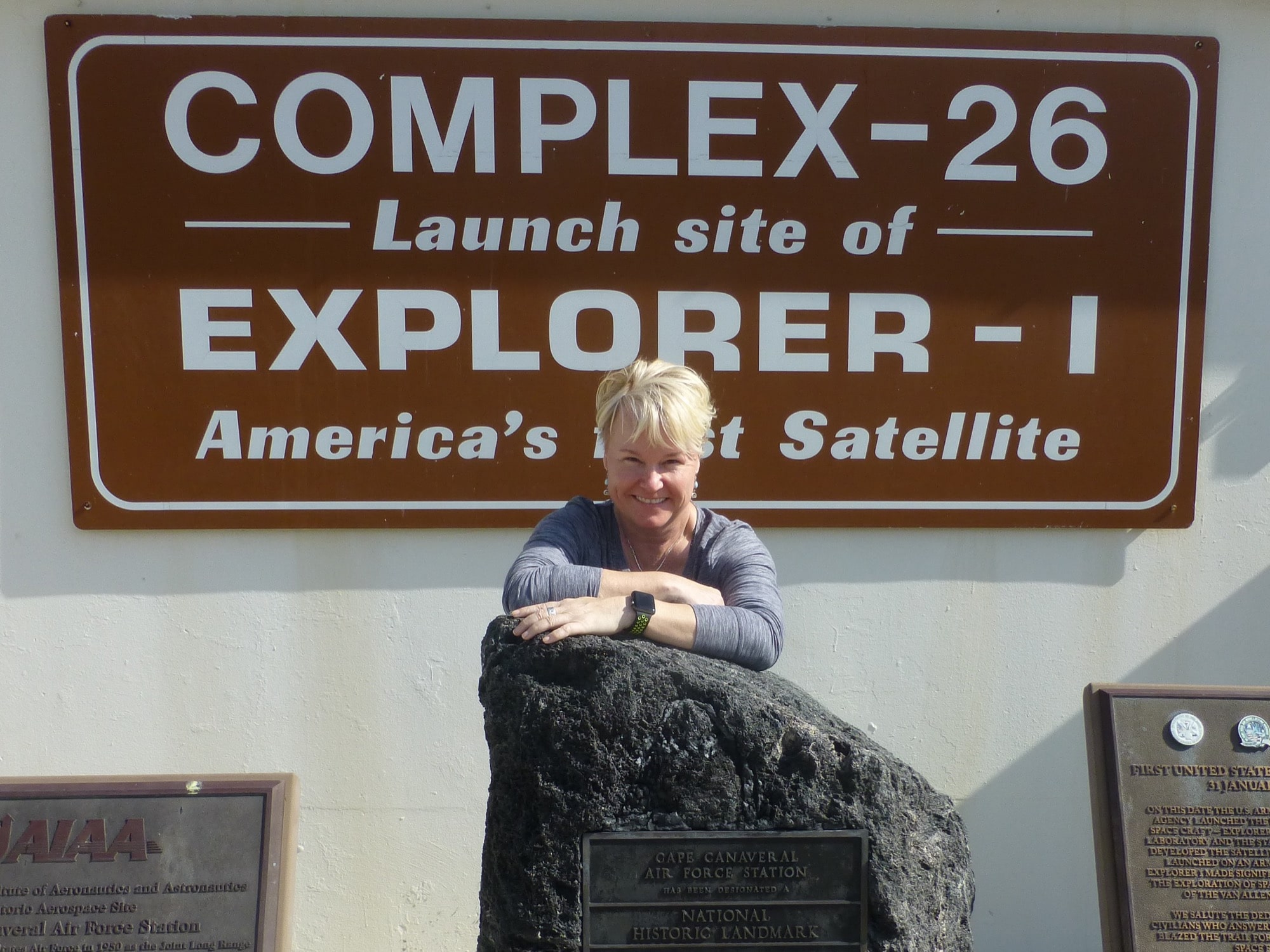
“I always think of Planet of the Apes when I come out here. It’s like, what’s happening here?” says Lori Collins, an archaeologist with the University of South Florida in Tampa. She’s trekked through tropical jungles in Central America to uncover 2,000-year-old stone sculptures, and she’s surveyed medieval monasteries in Armenia.
Now, she focuses on more modern sites: The decommissioned NASA launch complexes on Cape Canaveral, the ones used in the early days of space flight during the Gemini and Apollo missions. Understanding these historic places is critical because the future of spaceflight is being built on top of the footprints left by these past missions.
[Take a tour of Cape Canaveral’s historic launch sites on Google Earth.]
On Complex 34, the iconic red launch tower and most of the original structures are gone. What’s left is sitting in the hot Florida sun and being corroded by the salty ocean air—one of the worst kinds of environments if you want to preserve something. “These things weren’t meant to last,” says Collins.
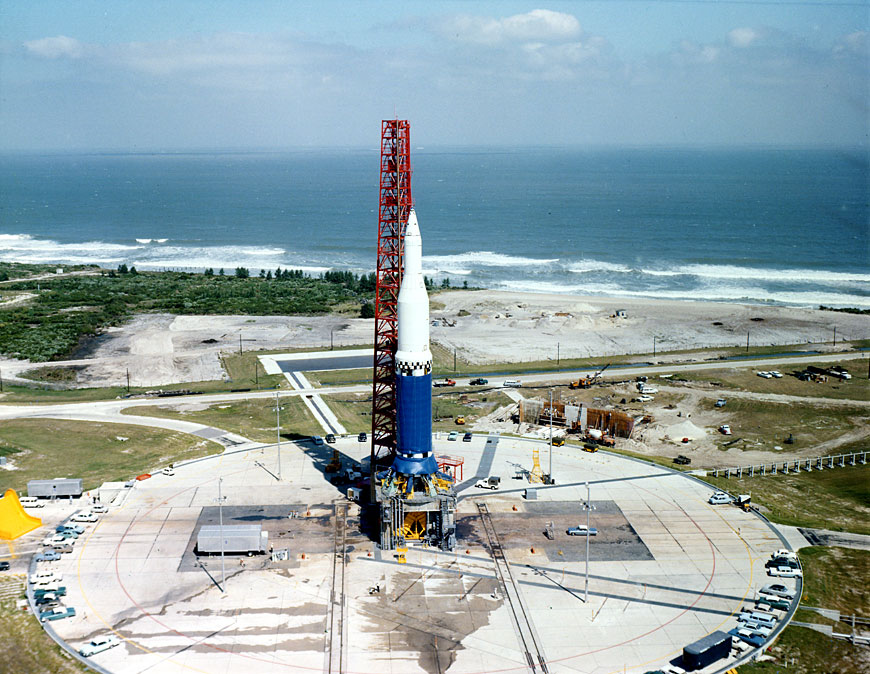
Collins’ goal is to salvage what’s left of the complex. By using old photos, blueprints, and LIDAR (laser scanning), her team pieces together and preserves how the engineers originally built this place. But, what those engineers originally intended isn’t always clear.
“Sometimes, they didn’t make the design quite fit to what it built out as,” Collins says. “So we really have to decipher.” She starts by getting the coordinates of the existing structures and estimates the location of missing features, like structures that have fallen apart or are missing a wall or simply don’t exist anymore. Once that work is done, they start scanning. By using lasers and 3D cameras, they record the details of the launchpad down to the millimeter scale.
One of the elements she’s documenting sits at the edge of the complex. The two pieces look like rusted steel skateboard ramps, but they were actually giant steel flame deflectors. The Saturn 1B rocket (the predecessor to the larger Saturn V that carried humans to the moon) created 1.6 million pounds of thrust—seven times more than a powerful 747 airplane. These deflectors, which were wheeled in beneath the rocket, would prevent the huge flame from incinerating everything—and everyone—nearby.
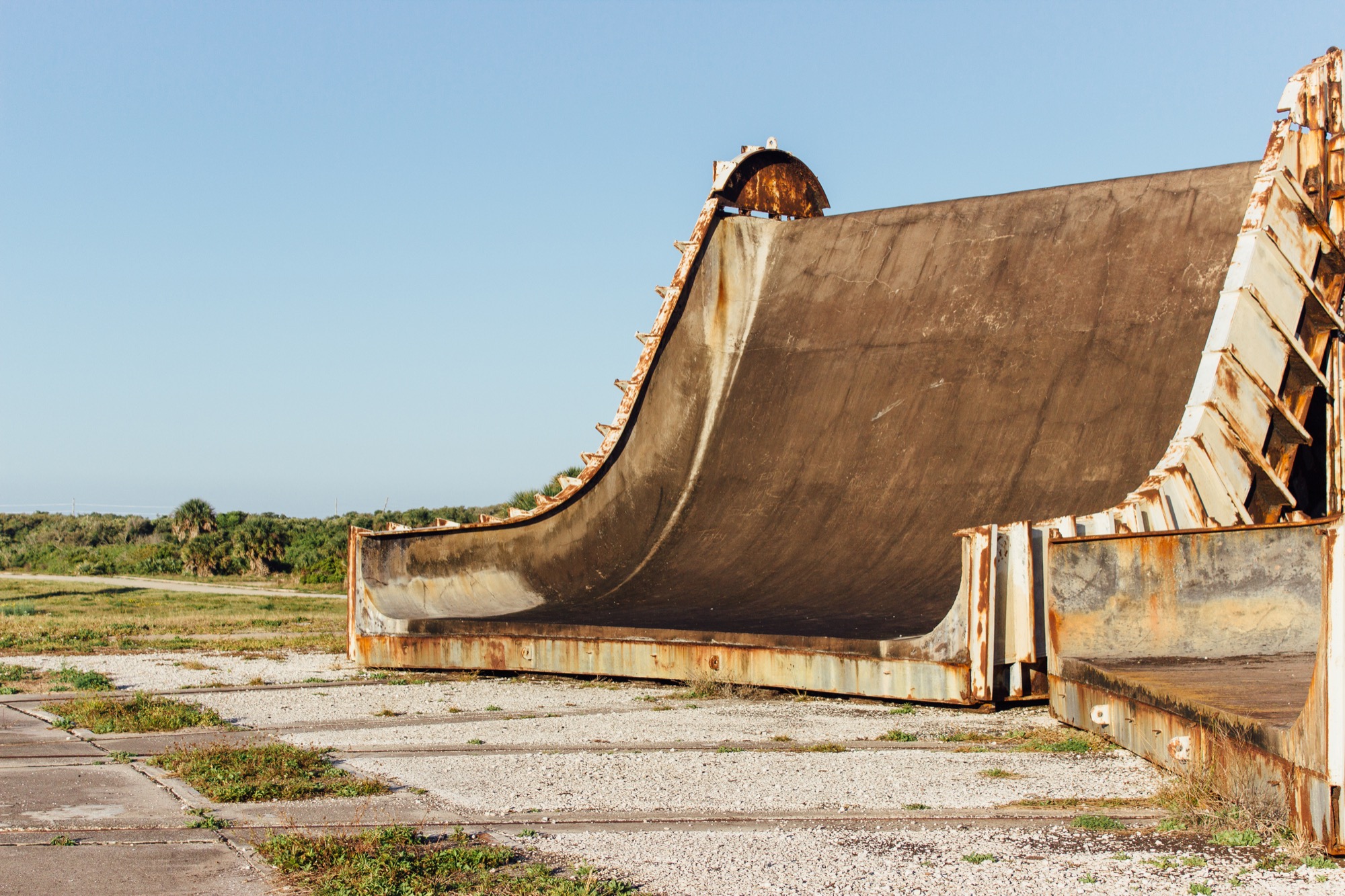
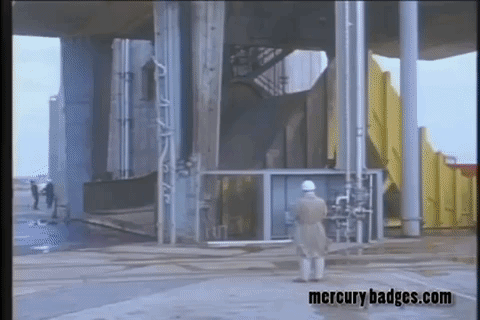
She and her team use the high-resolution scans to create a virtual museum of these artifacts. “I can print out 3D models. And you can combine it with virtual reality,” she says. The designs and lessons of every past mission form the stepping stones that got us where we are today—and Collins hopes that future generations can explore the sites before any further damage happens to them.
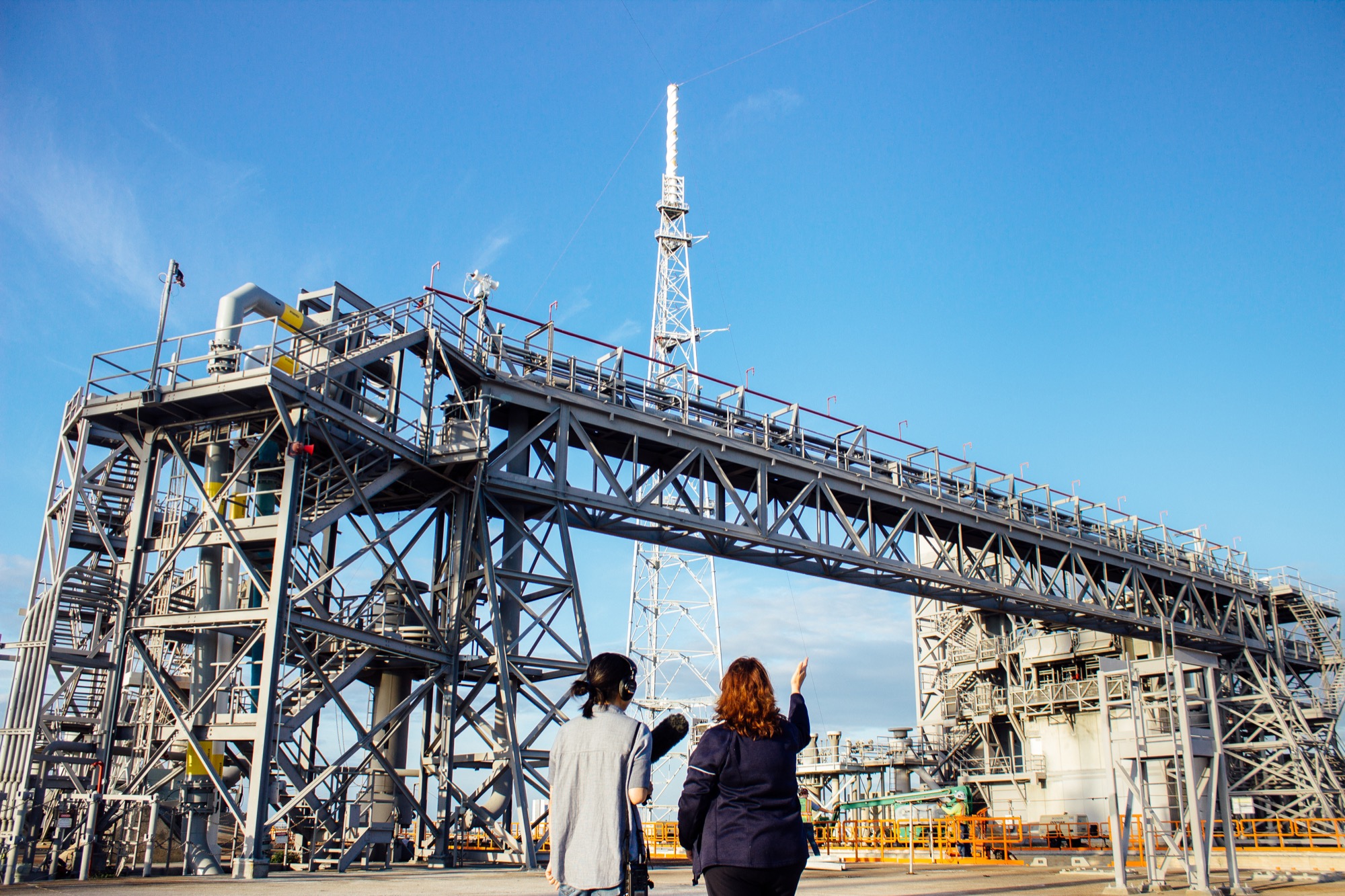
Regina Spellman gestures towards Complex 39B with Science Friday producer Alexa Lim. Credit: D Peterschmidt
Just across the bay is the epicenter of modern spaceflight: Complex 39B, home of NASA’s Kennedy Space Center’s active launch pad. Every past mission, from Apollo to the Shuttle Program, is still here in the pipes, wires, and towers built into the complex.
The person who makes sure that the space-age guts of this pad stay intact and upgraded is Regina Spellman, a senior project manager for NASA. She’s in charge of construction on Complex 39B, where future spacecrafts will roll in and get hooked up for launch. “We’re kind of like the RV park, and [when] the RV shows up, we [provide] all the connections,” she says.
Spellman is prepping the pad for NASA’s next rocket, the biggest one ever built: the Space Launch System (SLS). The SLS will get the space agency to the moon and deep space beyond, and she’s preparing for it by retrofitting the remnants of Apollo.
Invest in quality science journalism by making a donation to Science Friday.
Lori Collins is like the archivist preserving the layouts of the historic launch pads. Spellman is the architect building on top of those blueprints. “It’s like building a brand new house versus remodeling an old Victorian home,” Spellman says. “You sometimes don’t know what’s behind the wallpaper.
The big renovation project she’s working on now is the flame trench—a 50-foot-deep fire moat. The SLS will produce 8.4 million pounds of thrust—five times more powerful than its ancestor, the Saturn 1B rocket. With more thrust comes the need for something sturdier than the wheeled-in flame deflector at Complex 34. The upgrade involves pulling out the Apollo-era bricks and lining the trench with 100,000 new fire-resistant ones. “You can see the three different generations all working seamlessly together. We’ve continued to build on our historical past,” she says.
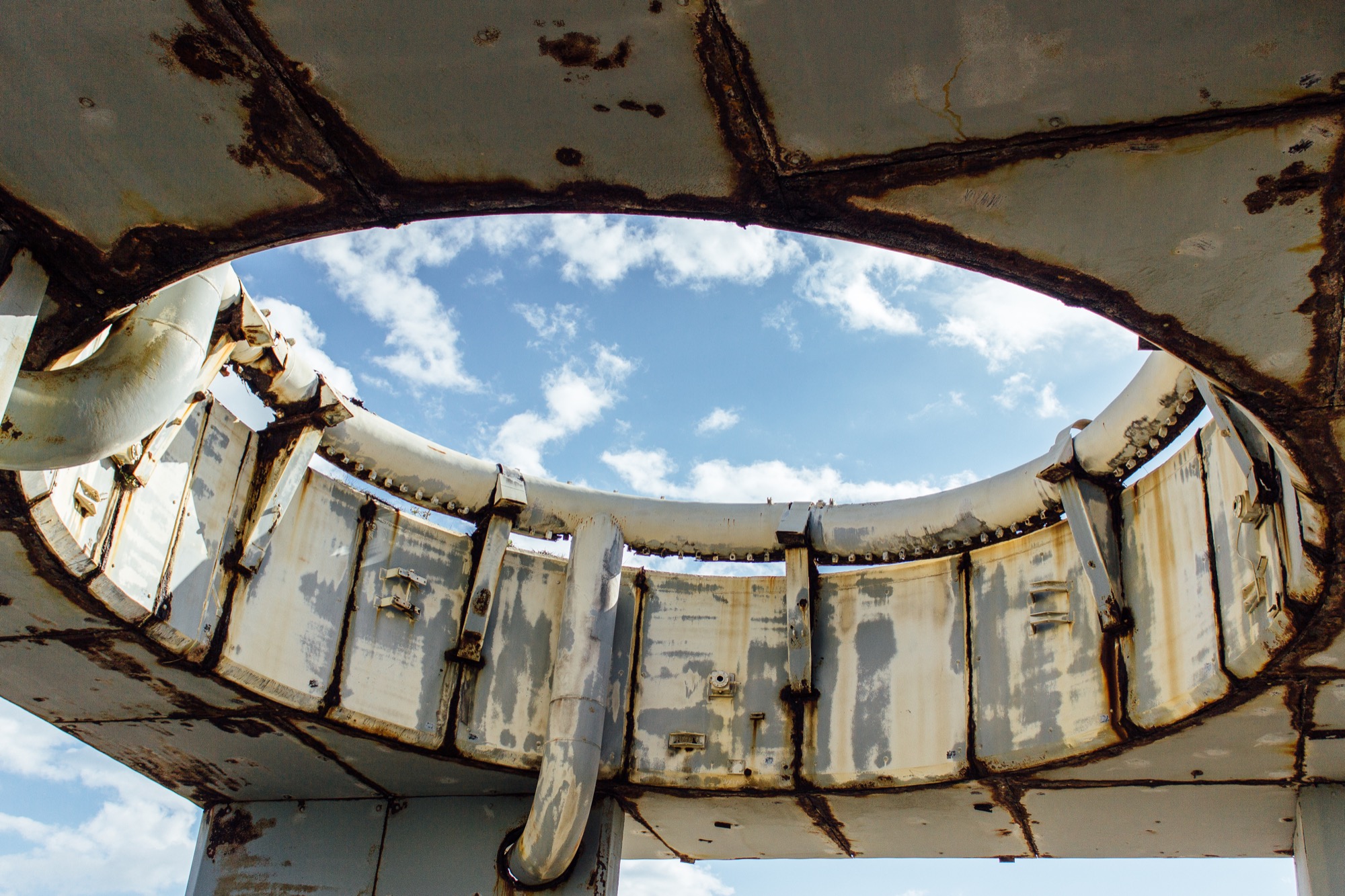
Credit: D Peterschmidt
Back at historic Complex 34, huge, bleached shells and what looks like pumice stone and driftwood dot the beach. But when you look closer, you realize they’re chunks of concrete and rusted piping. Pieces of Complex 34 are breaking apart and slowly making their way out to sea.
The rest of the space coast could look like this in the future. Sea levels in this area are predicted to rise five to eight inches in the next three decades. Pair that with the hurricanes and flooding that are washing the beaches away, and you begin to realize that this hub of activity for NASA, SpaceX, and Jeff Bezos’ Blue Origin sits in a vulnerable location.
“I kind of think of it’s like an endangered species,” Collins says. “All these treasures are here. And once they’re gone, they’re gone.”
It’s something that Spellman has to contend with back on Complex 39B, where NASA is planning the next moon mission. One of the projects near the site is a 3 mile-long sand dune serving as a protective barrier to the active launch sites. It’s been there since last year, when it replaced a 2 mile-long dune that was swept away by Hurricane Sandy in 2012. The coast had already retreated by 65 feet by the time the replacement barrier was installed. Don Dankert, the environmental program manager for NASA’s shoreline restoration project, heads up that project.
“Our number one concern is shoreline erosion,” says Dankert. “We want to protect the inland infrastructure from the storm surges and from the potential for inland flooding. I would say that it [is] a very urgent issue.”
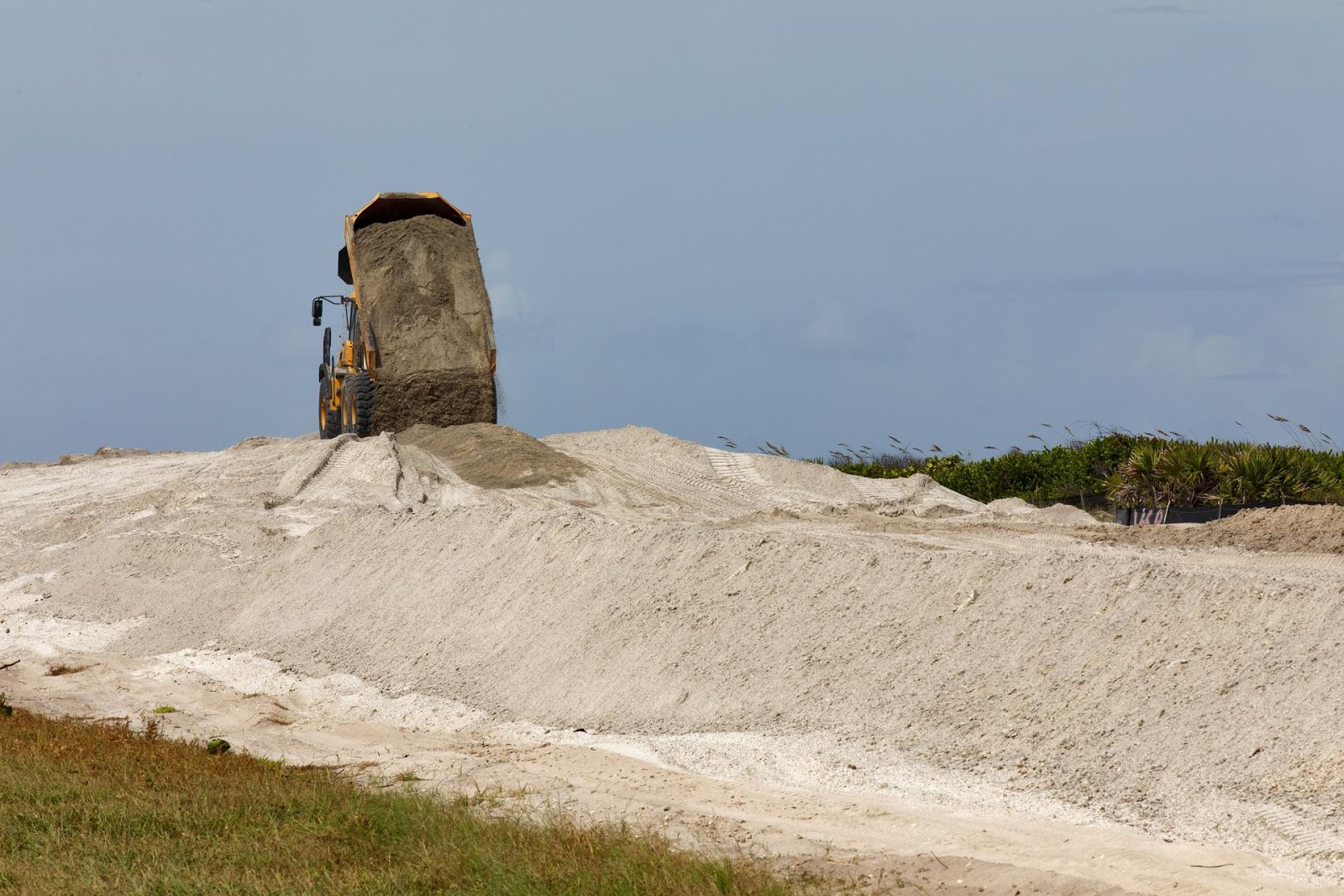
[Want to see where the protective sand dune is? Check out our interactive story on Google Earth.]
In this modern-day space race, the players may be different, but they all have to contend with the same existential question: How will the space coast battle a future with rising sea levels and climate change—and what will happen to the sites left in its wake?
Alexa Lim was a senior producer for Science Friday. Her favorite stories involve space, sound, and strange animal discoveries.
D Peterschmidt is a producer, host of the podcast Universe of Art, and composes music for Science Friday’s podcasts. Their D&D character is a clumsy bard named Chip Chap Chopman.